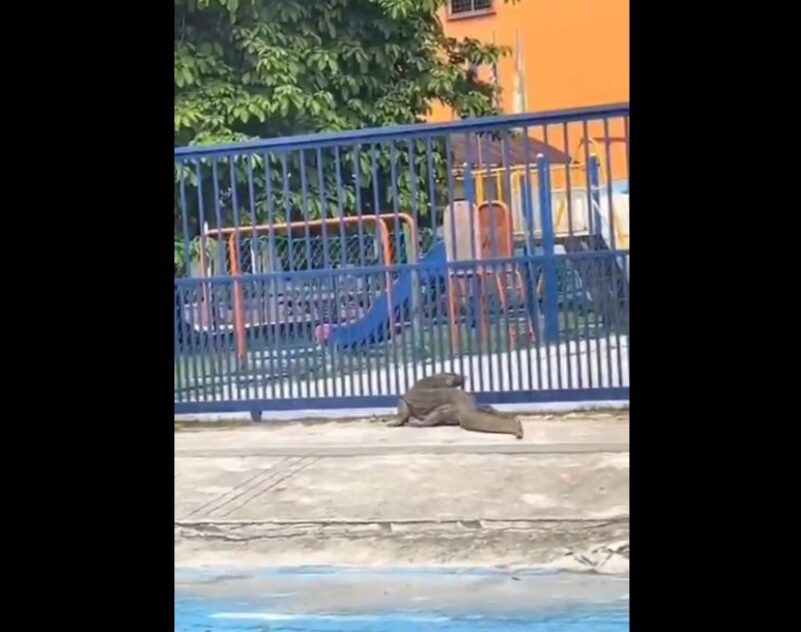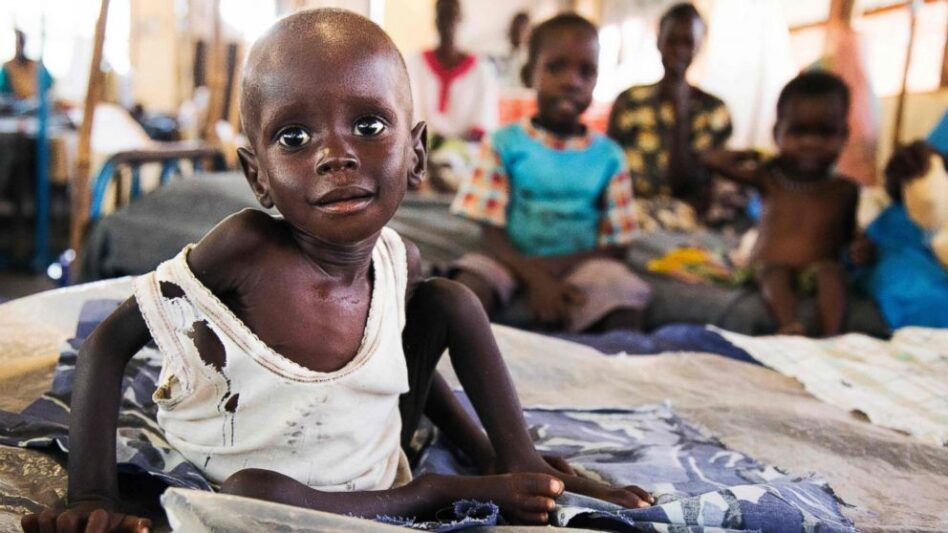By Lee Heng Guie
THE worst is likely behind us, thanks to the expected global recovery and vaccine rollout in major advanced economies. Revived exports and private sector’s domestic demand set to turnaround the Malaysian economy in 2021.
Bank Negara Malaysia’s (BNM) Economic and Monetary Review has painted a rosy economic picture as it expects domestic economic growth (real GDP) to stage a strong rebound of 6.0% – 7.5% in 2021 after succumbing to a recession of 5.6% in 2020. This marks the strongest expansion since the 2008-09 Global Financial Crisis when the economy expanded by 7.4% in 2010.
The projected strong economic rebound is largely aided by the extremely “low base” effects last year as sales, revenue and output were either have declined by at least 50-80% or some sectors even have zero revenue due to the restricted movement and opening of economic sectors.
Hence, it is unsurprisingly to see sizeable base effects in 2Q 2021 as pent-up demand and a pick in final demand as well as factories running at 70-80% capacity rate would result in a sharp rebound in GDP growth on a year-on-year comparison. This explains why BNM is confident that the GDP will achieve pre-pandemic level by mid-2021.
All economic sectors are expected to return to black, backed by strong external demand, especially riding on the technology upcycle and better commodity prices as well as revived manufacturing production of both domestic and export-oriented industries.
Meanwhile, the construction sector also will rebound as the pandemic induced disruptions subsidy, and underpinned by on-going public transportation and highway projects as well as the implementation of RM5.0 bil small scale projects.
The on-going national immunization program holds the key to lift a sustained revival in consumer sentiment. Some travel and tourism-related sub-services sectors would recover gradually and may take a longer while to fully restore their growth traction, depending on a complete lifting of inter-travel restriction and the reopening of Malaysia’s international borders to travellers and tourists.
BNM sees consumer spending roaring back to increase by 8.0% in 2021 (-4.3% in 2020), lifted by pent-up demand and consumption booster measures, such as Employees Provident Fund (EPF) withdrawals, cash handout as well as the draw down of savings accumulated in 2020. An estimated RM53 bil excess savings at end-2020 may translate into pent-up demand while some could be for precautionary savings in times of weaker employment and income prospects.

But, we caution that the challenging labour market conditions, with unemployment rate staying elevated at 4.6% in 2021 (4.5% in 2020) would likely weigh on consumer-facing sectors. In addition, the wearing off effect of consumption-fueled catalysts would pull the brake on consumer spending towards end-year and in 2022.
Overall, we see the challenge ahead is to ensure the continued pace of economic growth in 2022, net off the low base effects as well as the dissipating of one-off financial assistance and cash flow relief measures, mainly the EPF withdrawals and targeted loan repayment assistance. In this regard, targeted fiscal and monetary support are needed to manage a gentle normalization of economic growth path.
The Malaysian households have to brace for higher consumer inflation, largely caused by cost-driven factors such as increased fuel prices, food prices and the lapse of electricity tariff rebate. Based on the CPI measurement, the central bank estimates headline inflation to average 2.5-4.0% in 2021, with a short-term spiking to around 5.0% in 2Q 2021.
In our view, BNM has to keep a watchful eye on cost-push inflation for now, to anchor forward inflation expectations. This is to safeguard against the occurrence of unrelenting wage demand inflation when the workers asking for wage rise to compensate for rising cost of living.
Borrowers would be relieved that the central bank is likely to keep the historic low interest rate at 1.75% for now despite the projected higher inflation. BNM reaffirmed that monetary policy will not be the most appropriate tool to manage supply-driven inflation.
What’s next post-COVID-19 recovery? As Malaysia has long remained trapped in the upper middle-income, bold and radical changes in our approach to national socioeconomic development are urgently needed to move Malaysia forward.
We have to right the wrongs of the past and undertake the necessary recourse to ensure the country’s economic development will be sustainable over the long-term to deliver a fair, equitable and inclusive economic dividend to all Malaysians.
Post the COVID-19 world, there remain considerable challenges to our national socioeconomic development journey ahead. Domestic issues and challenges come from how the Government and public institutions would ensure equitable growth and distribution as well as inclusiveness of development and income policies to all Malaysians. Pressures from external are getting more complex in the aspects of competitiveness, talent and skilled manpower, drawing high quality investment.
It is no longer a choice but a must take re-transformation. Strong political conviction is needed and all stakeholders are committed towards making a TOTAL NATIONAL RESET to secure a better future for all Malaysians.
We concur with BNM’s reset initiatives and strategies to ensure a sustainable economic recovery and seize new growth opportunities: Attract quality investments; Build innovation capacity; Enhance economic complexity; and Social protection reform. – April 2, 2021
Lee Heng Guie is the executive director of the think-tank, Socio-Economic Research Centre (SERC).
The views expressed are solely of the author and do not necessarily reflect those of Focus Malaysia.









